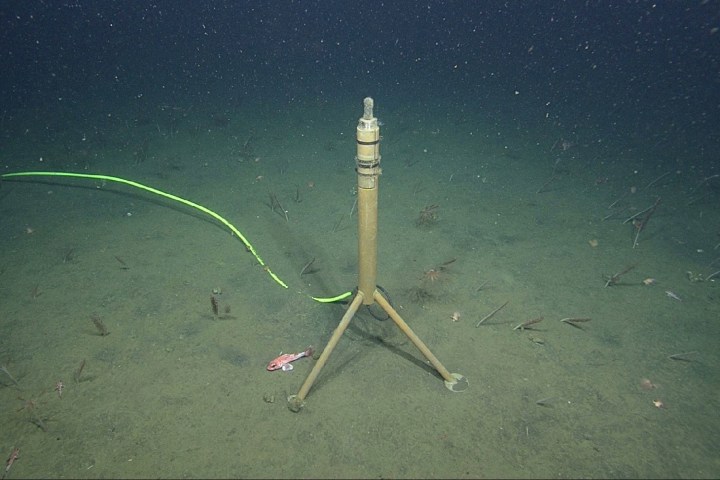
Thanks to the likes of the Amazon Echo and Google Home, we’re well and truly used to the concept of “always listening” devices here in 2018. But an “always listening” device that’s located 3,000 feet beneath the ocean surface, 18 miles off the coast of California? That’s a new one.
The underwater microphone is the work of the Monterey Bay Aquarium Research Institute (MBARI), which installed the deep sea “hydrophone” and is now recording the sounds from it — and then livestreaming them via YouTube. If you’ve ever wanted to listen to the live sounds of dolphin pods or whale calls emanating from the largest open bay along the West Coast, this is your lucky day. (There’s even a listening guide to help you learn!)
“Monterey Bay National Marine Sanctuary is a special place,” MBARI lead scientist John Ryan told Digital Trends. “It is located in a certain type of marine ecosystem that is exceptionally productive — that is, where life flourishes. The reason for this flourishing of life traces back to how the wind blows over the ocean, and how rotation of the Earth affects ocean currents. These physical factors drive the transport of surface ocean water away from the coast; in turn, drawing deep water to the surface along the coast. The deep water contains high concentrations of the nutrients that microscopic algae — phytoplankton — need to grow in the sunlit water near the surface. These phytoplankton are the core of the oceanic food web.”
The hydrophone is linked to the team’s research facility on the shore by a 52 kilometer cable. This allows for continuous recording and transmission. In order to pick up as many sounds as possible, some of which are at a higher frequency than humans can ordinarily hear, the sounds are recorded at more than 6 times the sample rate of a CD. Per month, this adds up to around 2TB worth of data. The microphone was installed in 2015, but is only now being streamed to the public.
“We share the recordings in a livestream not only as sound, but also also as a visual representation of sound — a spectrogram,” MBARI software engineer Danelle Cline told us. “We are also applying machine learning methods to help us analyze this big data to learn more about patterns of marine life and human sounds, and how they might relate to the environment. We think it’s a real treasure trove of information.”


